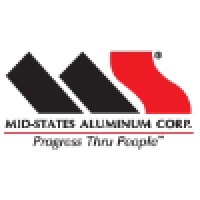
Autocall Fire Detection Systems
Backed by a legacy of innovation and invention, Autocall fire detection products are moving the industry forward with advanced technology that helps ensure protection for people and facilities worldwide. Cost-effective Autocall systems are easy to install and simple to operate – because no one should ever have to compromise on safety. With advanced capabilities and adaptive, flexible design, Autocall systems go above and beyond to deliver steadfast protection day after day, year after year.






